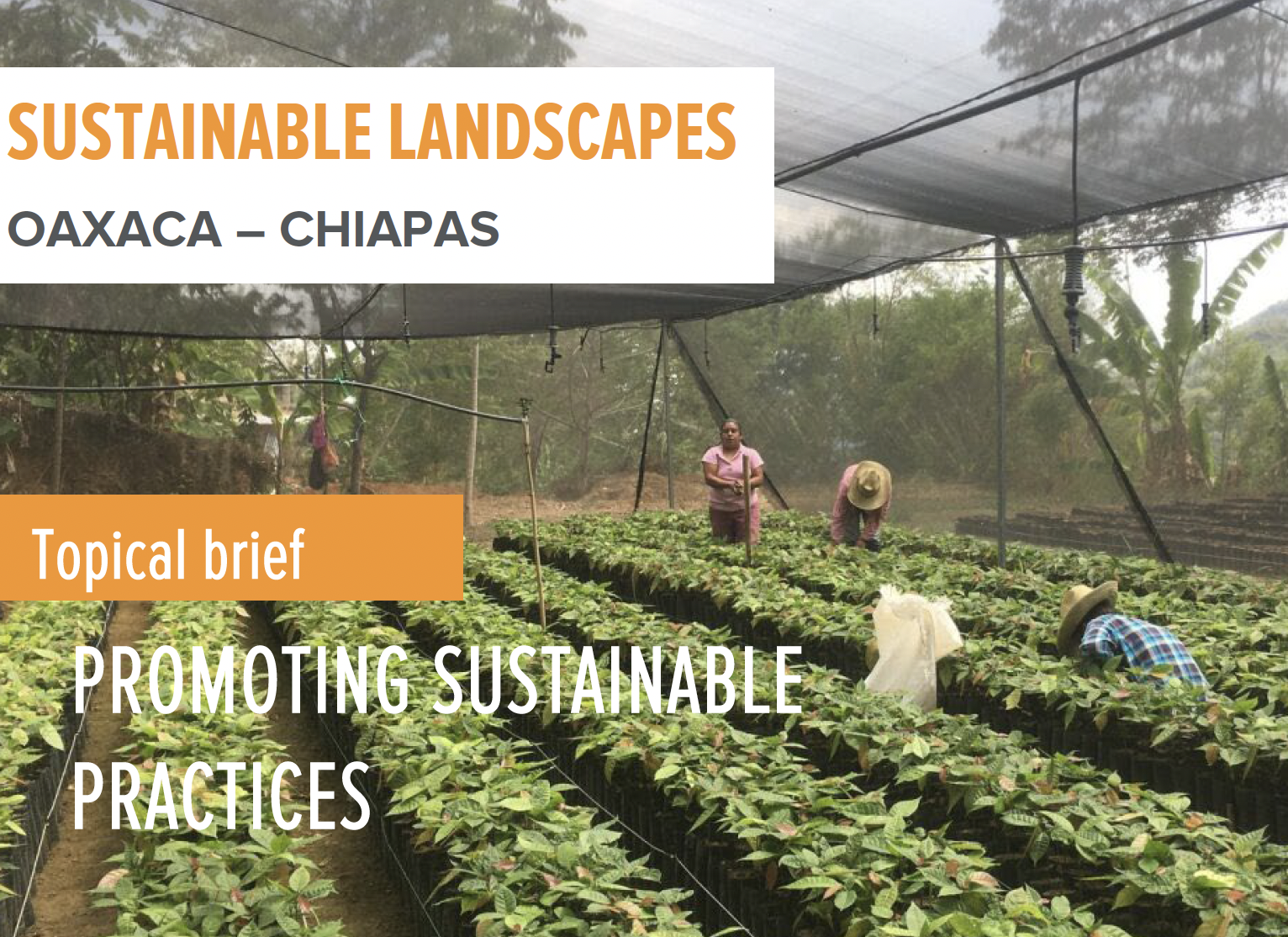Building Resilient Landscapes: Lessons Learned from the Sustainable Landscapes Project in Southern Mexico
September 4, 2024
The Conservation and Sustainable Use of Biological Diversity in Priority Landscapes of Oaxaca and Chiapas project, a collaborative initiative funded by the Global Environmental Fund (GEF), CI, and the Mexican government, has successfully concluded its work in southern and southeastern Mexico. Spanning over 2.6 million hectares across the Sierra Madre of Chiapas, the Sierra Sur and Isthmus of Oaxaca, and the Pacific South Coast, the project has addressed critical environmental challenges in some of Mexico’s most biodiverse regions.
Working closely with Indigenous communities and small-scale producers, the project focused on promoting sustainable practices in agriculture, ranching, tourism, forestry, and fisheries. These efforts were vital in preserving habitats, protecting endangered species, and combating the impacts of climate change. By integrating social, environmental, and economic practices, the project empowered community enterprises to enhance their value chains and adopt tailored financial strategies, ensuring their resilience and long-term sustainability.
As the project draws to a close, it leaves behind a legacy of strengthened organizations and empowered communities, equipped with sustainability plans to guide their future. These plans, developed through participatory processes, provide clear steps for maintaining and building upon the project’s achievements.
The following report details the strong foundation for continued conservation efforts in these critical landscapes.
While challenges such as climate change and market volatility remain, the communities are now better prepared to navigate these obstacles, ensuring that the stewardship of these vital ecosystems continues for generations to come.
